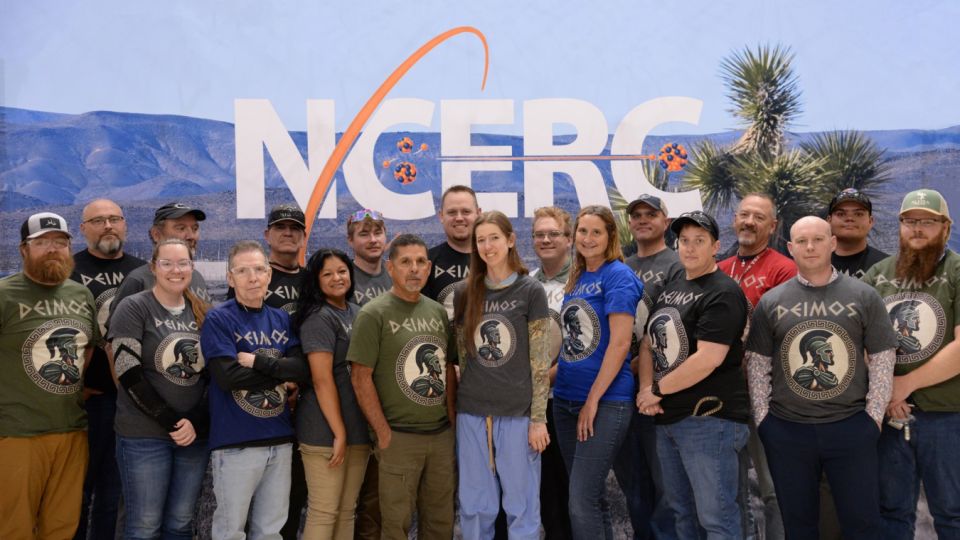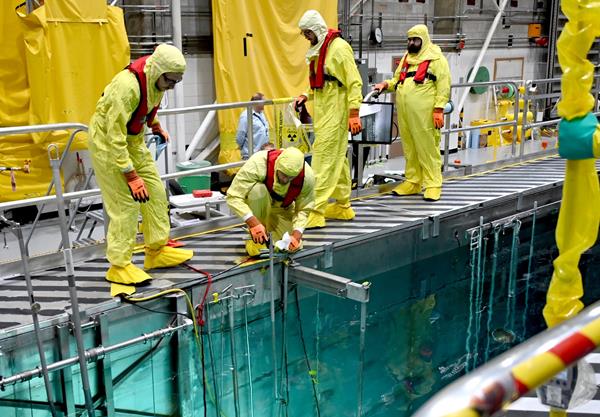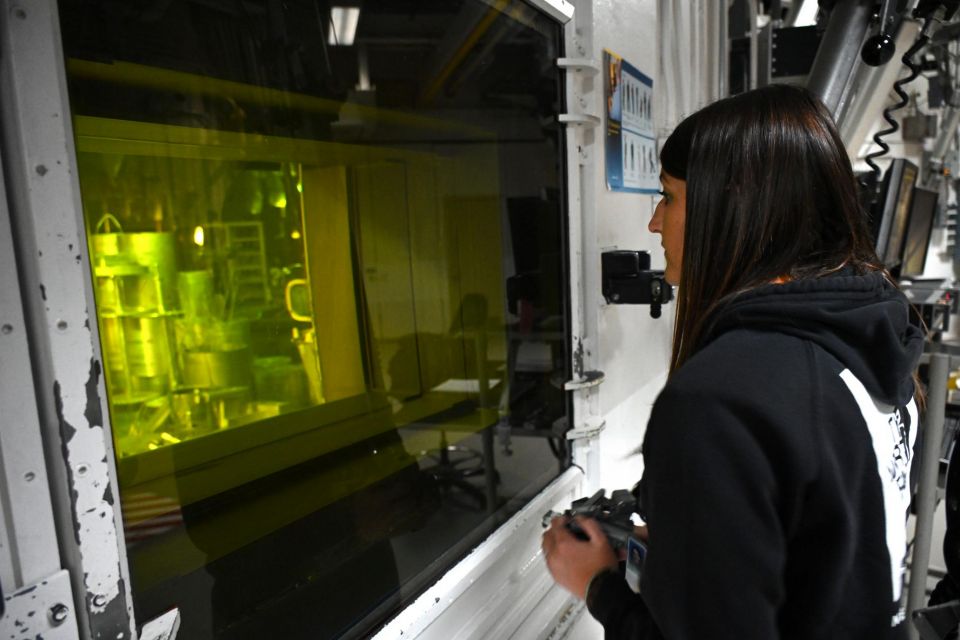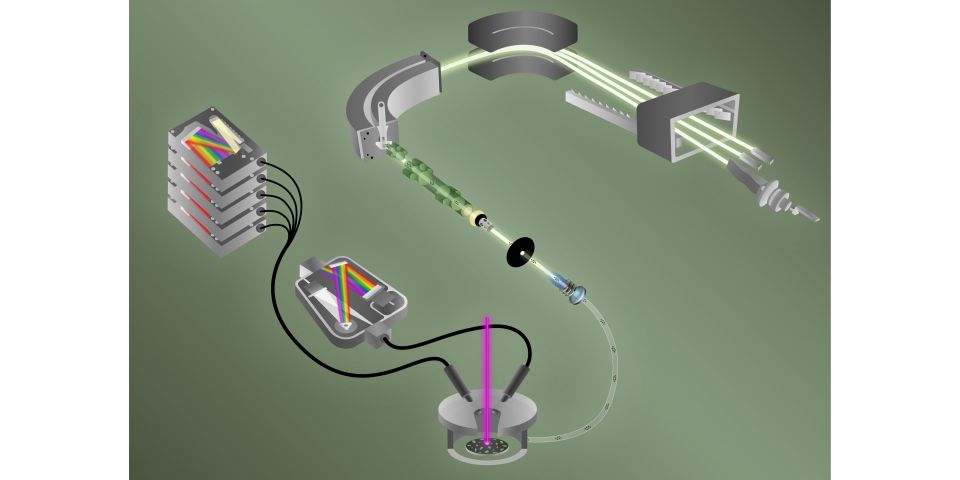Irradiation of test fuel at SCK-CEN's BR2 reactor in Belgium. (Photos: KAERI)
The Korea Atomic Energy Research Institute has developed a high-density uranium silicide fuel designed to replace high-enriched uranium in research reactors. Recent irradiation tests appear to be successful, KAERI reports, which means the fuel could be commercialized to continue a key global nuclear nonproliferation effort—converting research reactors to run on low-enriched uranium fuel.
The fuel: The plate-type uranium silicide (U3Si2) fuel has a uranium density of 5.3 g/cm3, which KAERI says is about 10 percent higher than fuels currently used in most material and test reactor fuel assemblies, which have a density of about 4.8 gU/cm3.
KAERI initiated research and development on the new fuel in 2020 by developing a uranium silicide spherical-particle powder using an atomization technique. That powder has been used to develop different research reactor fuels. To test and qualify its plate-type, high-density fuel, KAERI turned to SCK-CEN of Belgium. The fuel was irradiated in SCK-CEN’s BR2 reactor for a fuel qualification campaign that KAERI called KIMQI (for "KAERI high-density atomized silicide fuel qualification irradiation project”).
The testing: The KIMQI campaign began in 2021 and consists of two phases: the KIMQI-FUTURE test, which ran from 2021 to 2023 to confirm basic performance, and the KIMQI-GTA (generic test assembly) to evaluate performance under high heat flux and high burnup conditions. The KIMQI-GTA irradiation was recently completed, achieving a peak heat flux of 470 W/cm2 and a peak local burnup that reached 74 percent of the initial fissile content, KAERI reported.
While visual inspection showed no abnormal conditions, the final qualification report, including postirradiation examination (PIE) test results, is expected by the end of 2025.









